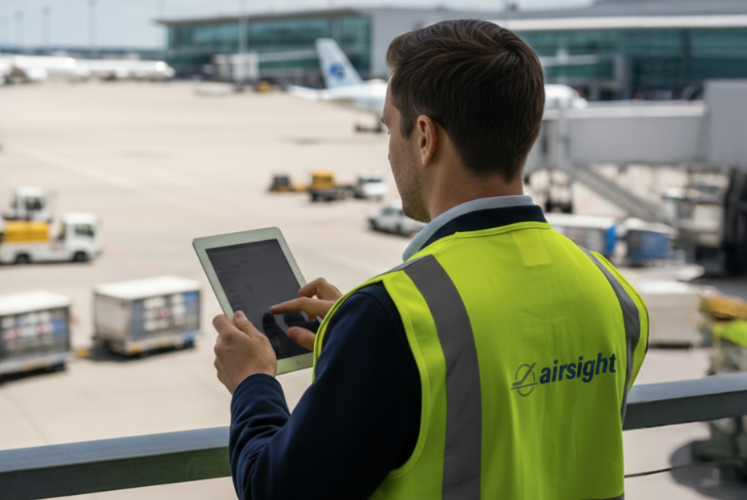Keeping track of developments in the aviation world is no easy task – and this is especially true for aerodrome certification. Yet few topics have such a direct and lasting impact on safety, operational efficiency and regulatory confidence at airports worldwide.
For airport operators, authorities and consultants alike, certification frameworks are far more than a compliance obligation – they define how modern airports are planned, operated and continuously improved. Understanding their evolution is therefore essential to maintain safety and resilience in an increasingly complex aviation environment.
Below are five developments that show why aerodrome certification deserves close attention.
1. Standardization of crucial procedures – a wake-up call for inefficient operations
As Taiichi Ohno, a pioneer of efficient production systems and continuous improvement, once said: “Where there is no standard, there can be no improvement.” This principle applies directly to safe and compliant airport operations.
Many airports still operate with historically grown structures and procedures that hinder transparency and traceability. When regulations are updated or recertification is required, these gaps become painfully visible.
A robust and standardized certification framework helps airports identify inefficiencies early, align internal processes, and build the foundation for continuous improvement – turning compliance into a driver of operational excellence.
2. New airport projects stress-testing established certification standards
The development of new airports or large-scale expansions of existing hubs is pushing current certification frameworks to their limits.
Such projects are not only about increasing capacity; they often introduce innovative layouts and new operational philosophies. As these concepts test the robustness of established standards, they also expose where certification frameworks must adapt to modern airport realities.
For stakeholders, understanding how certification requirements apply to complex projects is critical to ensure that design, construction and operation remain compliant – without compromising innovation.
3. A paradigm shift – ICAO’s OFS/OES redefining compliance boundaries
To overcome the limitations of traditional Obstacle Limitation Surfaces (OLS), ICAO introduced the concept of Obstacle Free Surfaces (OFS). These define strictly protected areas adjacent to the runway, addressing the needs of complex or space-constrained airports.
While this new approach increases safety for future projects, it also creates uncertainty for existing airports surrounded by natural or urban terrain. Many will face challenges in re-establishing compliance under the new definitions.
Keeping pace with such paradigm shifts is vital to ensure continued certification validity and to plan adaptation strategies before non-conformities arise.
4. A shift of influence – the growing role of EASA
In many regions, including the Middle East and parts of Africa, EASA-based frameworks are shaping national rulemaking for aerodrome certification. Elements of EASA’s detailed, implementation-ready approach are being integrated into local legislation, enhancing global comparability and regulatory maturity.
This trend signifies a gradual harmonization of certification principles – but also demands that airport operators and consultants understand both ICAO and EASA frameworks. Anticipating these influences enables smoother international cooperation and faster regulatory alignment.
5. Fragmentation – a hidden risk to operational safety
Operational safety depends not only on procedures and technology, but also on the consistency of regulatory frameworks. Yet one of the most overlooked risks is fragmentation: varying and sometimes conflicting certification standards between authorities and airports.
While ICAO Annex 14 provides a global baseline and EASA Regulation (EU) No 139/2014 a more detailed alternative, the coexistence of differing national frameworks creates a patchwork of requirements. The same aircraft may face different safety environments depending on where it lands.
Recognizing and managing this fragmentation is crucial to maintaining consistent safety levels across the network – and underscores why certification deserves constant attention.
Certification deserves the spotlight
Aerodrome certification may not dominate aviation headlines, but it underpins everything that makes airport operations safe, efficient and future-ready. As aviation continues to evolve, so must certification frameworks – requiring expertise, foresight and a clear understanding of both regulatory and operational realities.
At airsight, our Certification Team supports airports, authorities and planners worldwide in achieving and maintaining compliance, identifying potential non-conformities and aligning projects with international standards. With decades of combined experience, we understand that certification is not just about meeting requirements – it is about shaping the foundations of aviation safety and operational excellence. Get in touch with us today to tackle your certification challenges together.
